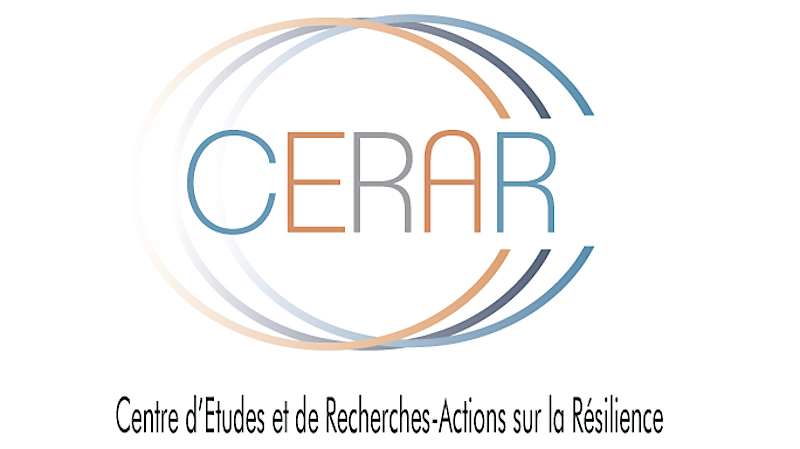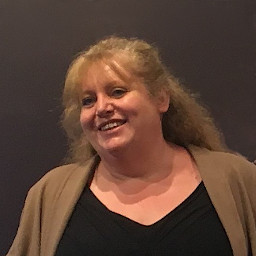The concept of an observatory on symbolic violence derives from the ascertainment that occupation, conflict and protracted crises engender a less visible and obvious violence against minority groups, culture and identity.
Symbolic violence was first defined by Pierre Bourdieu concerning a form of violence which is leading to marginalisation, discrimination and stigmatisation in an almost accepted manner. Symbolic violence does not only reside in outstanding events but mainly in everyday life events. The suffering resulting from symbolic violence is instilled at a small dose, but constantly, and is therefore characterised by the normalisation of the discriminating situation.
Symbolic violence can be seen in architecture, the control of space as well as narratives on space. This project has been linked to the responses to this form of violence through symbolic reparation and resilience enhancement. The main cases studied are the West Bank and Colombia.




